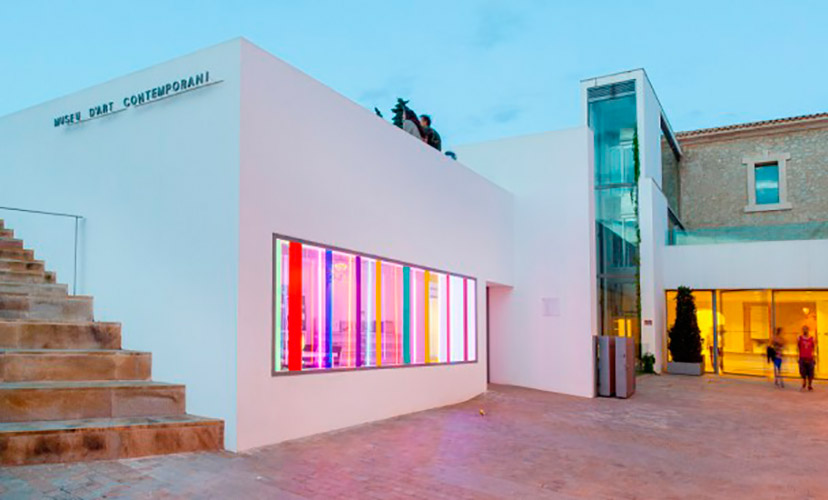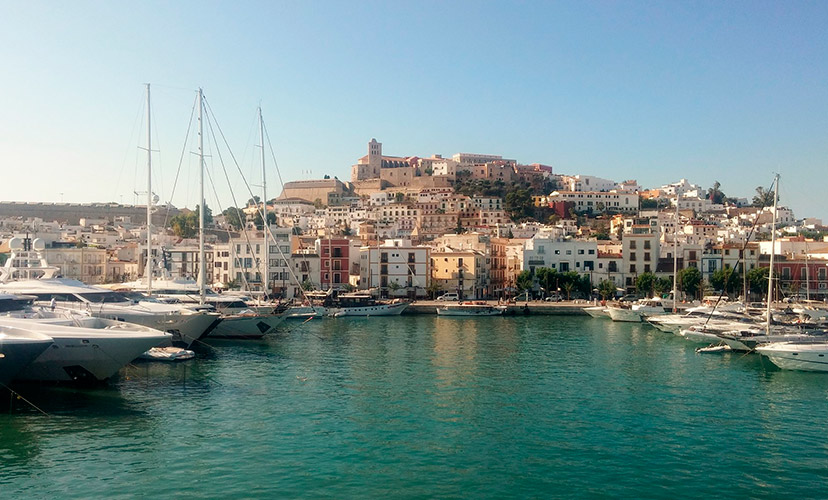There are many famous emblematic buildings the length and breadth of Ibiza, which are a testament to its culture, history and tradition and which are firmly embedded in their surroundings, geography, climate and customs.
Thus, the island’s architecture has changed over the years, and bears the marks of Ibiza’s past while impatiently anticipating the future, in order to adapt to change with speed and efficiency, meeting the needs of every era. Phoenicians, Carthaginians, Romans, Byzantines, Arabs and Christians who arrived with the Reconquest sent by the Aragon crown, all are “guilty” of an enormously diverse range of buildings, to which have been added the emblematic edifices constructed by architects from all over the world, and who in the 60s and 70s chose Ibiza as their home and a place to make their mark, thanks to its cosmopolitan and multicultural nature.
From the Phoenician village of Sa Caleta, to every stone set in the ancient city wall or the Dalt Vila Castle, to the contemporary constructions created within (such as the Elías Torres stairways next to the Cathedral), are just some of the ways that existing buildings have been adapted and reconverted.
One building gracing the city centre is the renovated Hotel Montesol, designed by Juan Gómez Ripoll, also the remains of the Teatro Pereyra, the popular Can Ventosa, the renowned Museum of Contemporary Art of Ibiza (MACE), the much loved Mercat Vell and the Casa de la Cúria, or the former convent that today is used as part of the Ibiza City Council buildings, all imbue the city with tradition and pride.
In addition, many buildings of the modern era belong to great artists who left their imprint on the island. This is the case of Casa Broner, in Sa Penya, which the architect who gave the house its name built and lived in, Casa Van den Driessche, designed by Elías Torres and José Antonio Martínez Lapeña, and Can Pep Simó, the residential complex created by Josep Lluís Sert.
Further examples of Ibiza’s architecture are the public authority institution Consell Insular d’Eivissa and Recinto Ferial or exhibition ground, notable for their modern structures designed by the architect Óscar Canalís Hernández.


